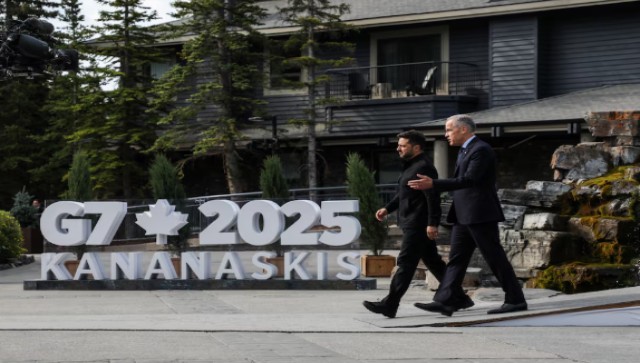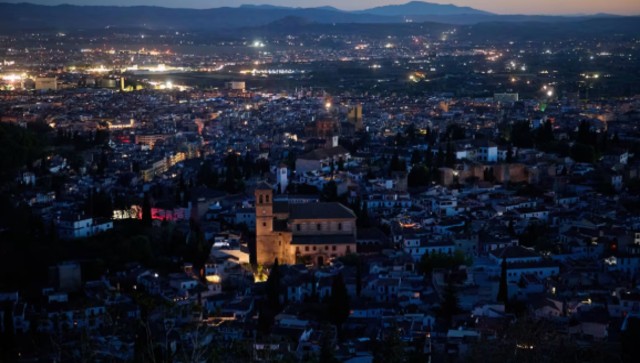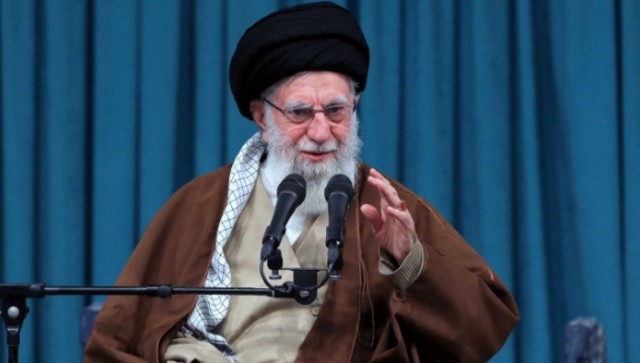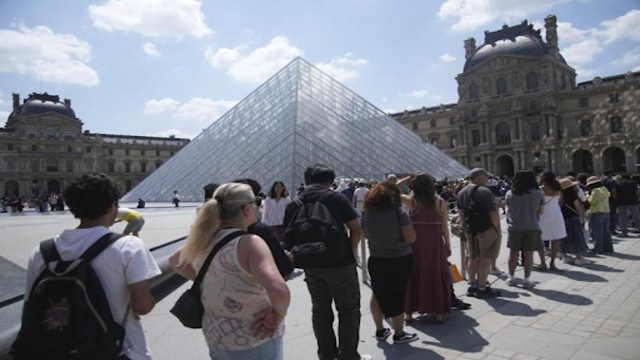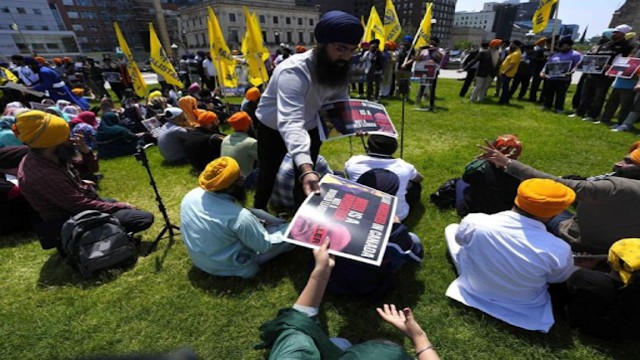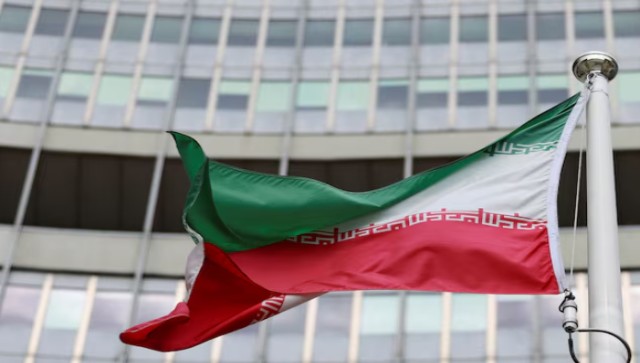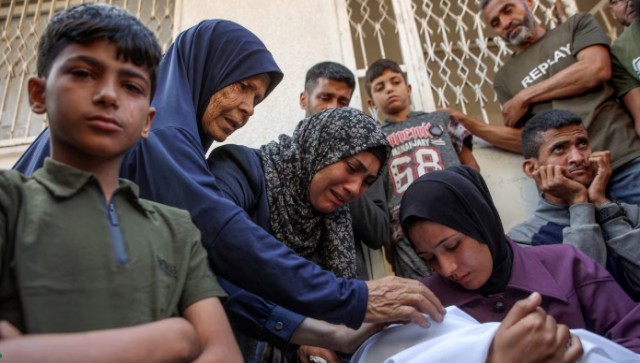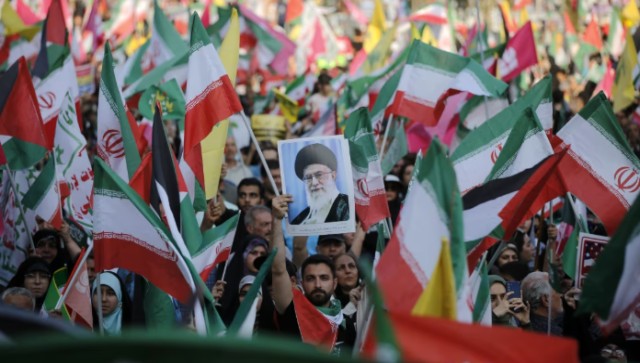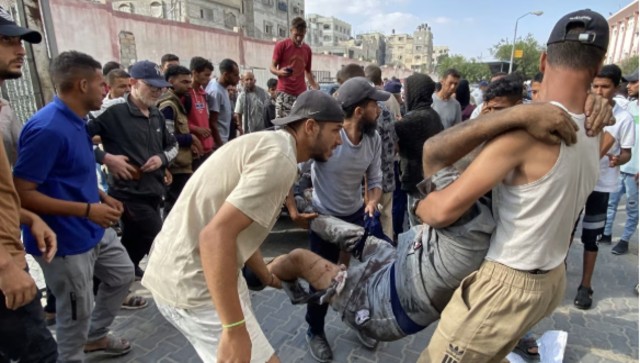
Palestinians transport an injured man to Nasser Medical Complex in southern Gaza after the Palestinian Ministry of Health said that over 50 people had been killed while seeking aid in Khan Younis on Tuesday.
At least 51 Palestinians were killed and more than 200 injured early Tuesday near an aid distribution point in Khan Younis, southern Gaza. The deaths occurred as hundreds gathered in desperate hope of receiving essential supplies. According to Gaza’s Health Ministry, Israeli gunfire was responsible for the mass casualties.
This marks the deadliest single incident involving civilians seeking aid in recent weeks. Since Israel eased its 11-week blockade, nearly 400 people have reportedly died near aid centers across Gaza.
Hunger Meets Violence: A Desperate Search for Survival
The tragedy unfolded just after dawn. Crowds had gathered, hoping for flour and food from an incoming aid truck. Eyewitnesses described a horrifying scene as gunfire—and possibly missile strikes—ripped through the crowd.
“We were hit by two missiles while waiting for flour,” said Mohammed Abu Abed, one of the survivors. “People were torn apart. They only wanted bread for their children.”
His account contradicts Israeli Defense Forces (IDF) statements, which denied knowledge of any airstrikes in the area. The IDF admitted it had opened fire after identifying a gathering near a stuck aid truck, but claimed the matter was under review.
Wounded Palestinians are brought to Nasser Medical Complex, in southern Gaza, on June 17, 2025.
Grim Conditions Worsen as Famine Looms
Video footage from the site shows bodies lying in pools of blood. Desperation is growing among Gaza’s 2.1 million residents, many of whom face severe food shortages. The United Nations has warned that Gaza is teetering on the edge of famine.
At the Nasser Medical Complex, hospital wards were overrun. Staff struggled to treat incoming casualties. “The morgue is full. We had to place bodies outside,” one doctor told Medical Aid for Palestinians (MAP). “We are trying our best, but the numbers are overwhelming.”
Aid Centers Become Death Traps
The Gaza Humanitarian Foundation (GHF), a key aid provider, has become the center of global controversy. Backed by Israel and the U.S., GHF operates distribution sites in Gaza. Yet, according to the health ministry, civilians have repeatedly been targeted en route to these centers.
Over 3,000 have been injured since GHF’s first distribution last month. On Tuesday alone, eight people were killed near another aid point west of Rafah.
International organizations have criticized GHF for operating in active combat zones. The foundation has denied any incidents within its sites but admitted that casualties have occurred in surrounding areas.
A Family’s Grief: “He Went to Bring Food, Not for a Picnic”
Among the victims in Khan Younis was a 20-year-old man who had left home to get food for his family. His mother, weeping outside the hospital, said, “He didn’t go for a picnic. He went to bring food for his siblings and father.”
Her pain echoed across Gaza, where food has become more than a basic need—it’s a matter of life or death.
A young Palestinian, who was injured while seeking aid, is treated at the Nasser hospital in Khan Younis in southern Gaza on Tuesday.
Global Condemnation Mounts
The response from international bodies has been swift. Volker Türk, the UN High Commissioner for Human Rights, posted on X: “Israel has weaponized food and blocked lifesaving aid. I urge immediate, impartial investigations into deadly attacks on desperate civilians.”
Despite these calls, the Israeli military has yet to answer questions regarding Tuesday’s events in Rafah and Khan Younis.
The Human Cost of Conflict
What happened on Tuesday highlights the harsh reality faced by Palestinians in Gaza. As food becomes scarce and violence intensifies, aid-seeking has turned into a deadly gamble.
With global eyes now on Gaza, humanitarian agencies and civilians alike are demanding one thing: safe access to food and an end to indiscriminate violence. Until then, the cost of survival continues to climb.


